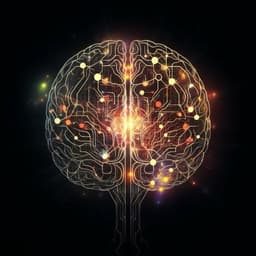
Computer Science
A Comprehensive Survey of Scientific Large Language Models and Their Applications in Scientific Discovery
Y. Zhang, X. Chen, et al.
This paper provides a comprehensive survey of over 260 scientific LLMs, unveiling cross-field and cross-modal connections in architectures and pre-training techniques, summarizing pre-training datasets and evaluation tasks for each field and modality, and examining deployments that accelerate scientific discovery. Resources are available at https://github.com/yuzhimanhua/Awesome-Scientific-Language-Models. This research was conducted by Yu Zhang, Xiusi Chen, Bowen Jin, Sheng Wang, Shuiwang Ji, Wei Wang, and Jiawei Han.
~3 min • Beginner • English
Related Publications
Explore these studies to deepen your understanding of the subject.







